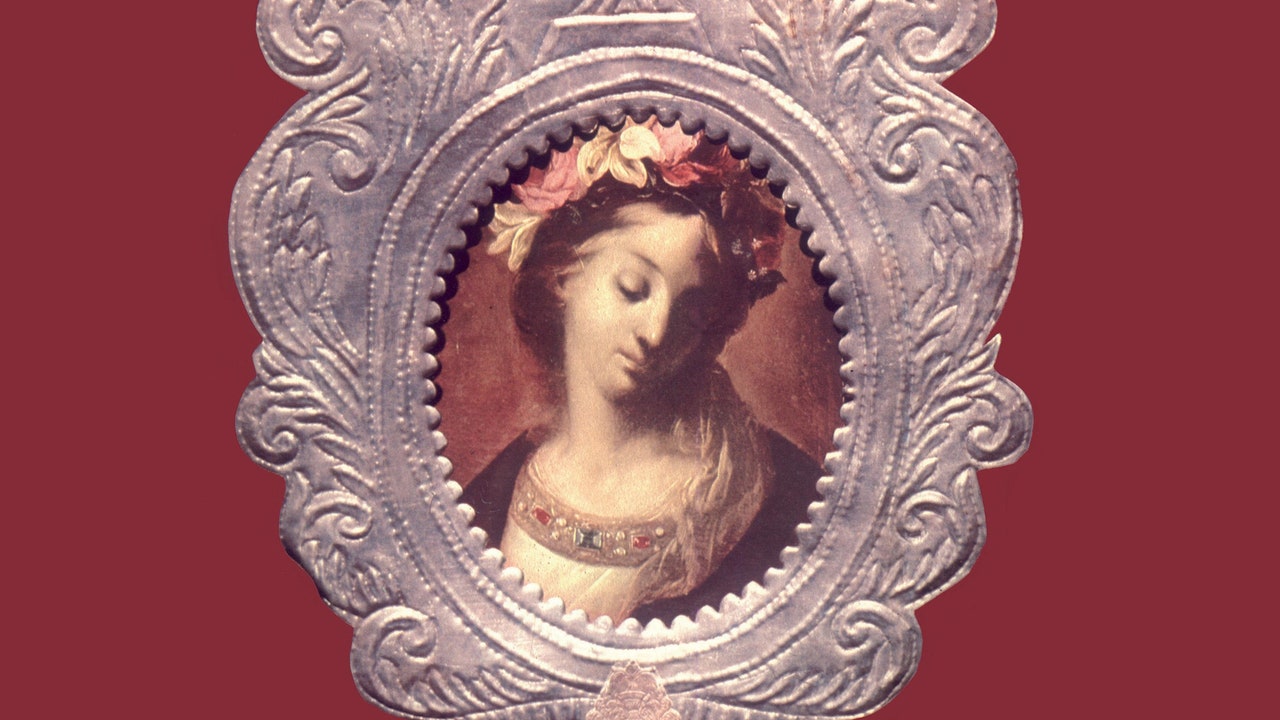The premise is almost enough to make you wince. Picture it: An electronic band at the vanguard of technology and sound—anchored by an enigmatic hunk married to the woman who produced their earliest albums—offloads his machines to meditate on a few very obvious Biblical passages. He and his friends move not only to the piano (he was, rumor had it, once a prodigy) and electric guitar but also a clutch of relatively esoteric instruments, at least as far as rock goes—tambura, oboe, violin, even a harpsichord.
Their dreamy songs are long, interwoven, and repetitive, invoking a cathedral walled with mirrors. The band is German, while its singer is a South Korean soprano, a refugee whose father was recently kidnapped by his native country on suspicions of espionage. What’s more, this new project took its name from key concepts in Judaism, Christianity, and Buddhism, fitting for a band that took its own handle from a sacred Mayan text that the aforementioned hunk saw as a skeleton key for a life of discovery. A tad heavy-handed, huh?
Half a century ago, though, ideas of “world music,” conscious cross-cultural collaboration, and ethereal rock renderings of sacred religious texts barely existed, let alone enough to elicit exhausted groans. On Hosianna Mantra, Popol Vuh helped invent them all.
The West German band had been floating amid the strong currents of the international psychedelic movement, still taking shape by the early 1970s. From the Haight-Ashbury afterglow to the Tropicália buzz of Brazil, from the radical progg of Sweden to the anarchic underground of Japan, disconnected pockets of musicians around the world were collectively sounding out tides of political unrest and personal liberation. Germany was an essential locus of this activity, of course—the magnetic repetition of Kraftwerk, the lysergic trances of Ash Ra Tempel and Neu!, the barely controlled chaos of Can. Vivid dioramas of synthesizers and percussion, Popol Vuh’s first two albums—1970’s Affenstunde and 1971’s In den Gärten Pharaos—made them contemporaries with many groups from their country and abroad.
But Hosianna Mantra seemed to emerge from a different world altogether, a place where pondering wisdom, truth, and beauty were the real reasons to exist, not just something rock’n’roll kids did in the hazy hours after the party had ended. Hosianna Mantra’s graceful tones, slow motion, and gentle arc were not alien to Popul Vuh’s domestic kosmische scenes or to the global psychedelic puzzle; they were, however, mostly the stuff of prologue, epilogue, or interstitial bits that tied together records that ultimately turned toward rock.
